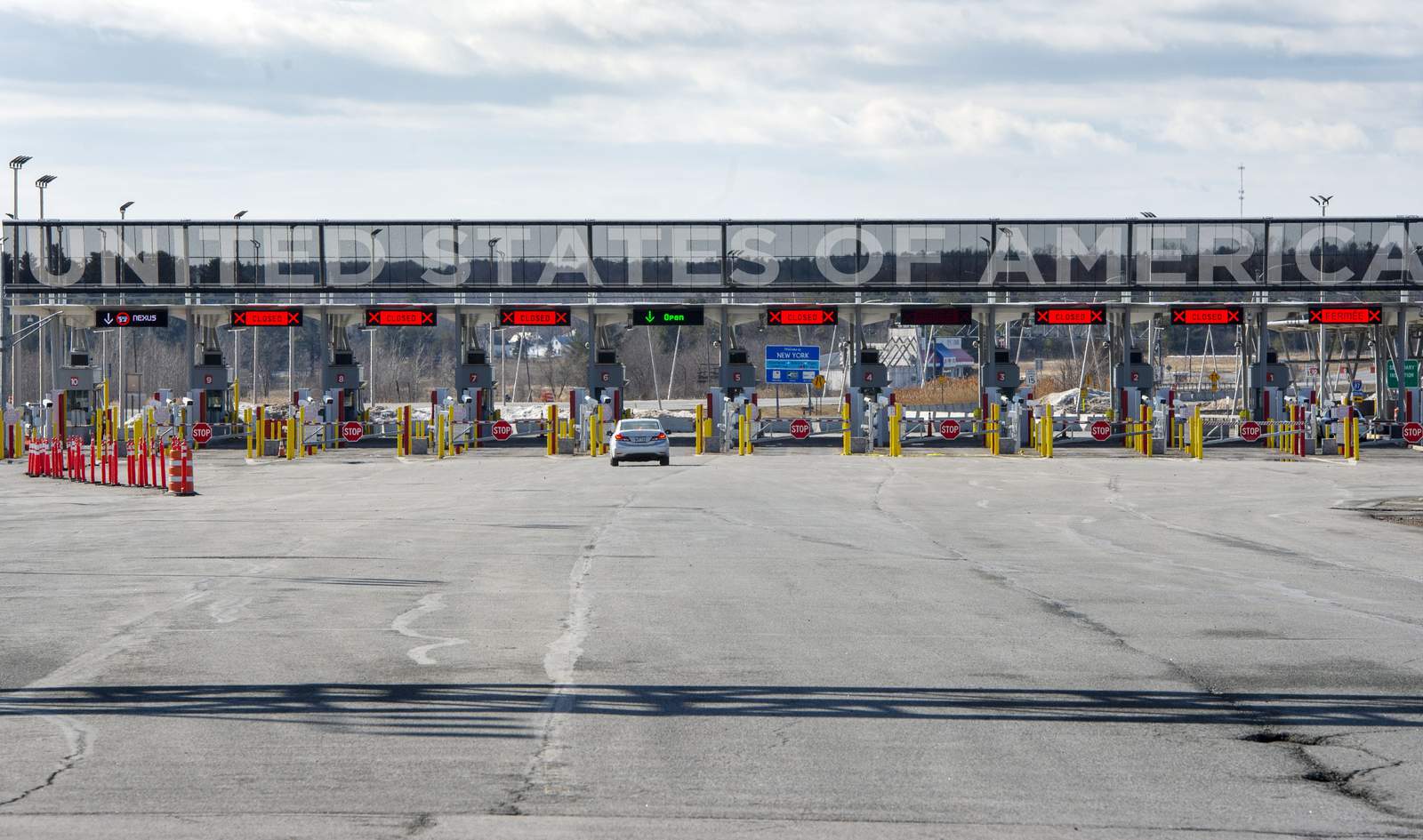News reports cite high numbers of migrants seeking to cross into the United States from Mexico. How does this compare to past surges?
Apprehensions at the U.S. southern border have been on the rise since April 2020, and now number nearly eighty thousand per month. While the upsurge is significant, it is just half of the 2019 peak levels. It also differs in makeup: Today, the majority of migrants are Mexican, not Central American, and they are single adults, not families. This presents different challenges for the United States. Though the numbers are rising, this wave may be easier to manage humanely with fewer minors on the move.https://datawrapper.dwcdn.net/8pjIJ/6/
What is driving this increase?
These migrants, whether from Mexico or Central America’s Northern Triangle region, leave for many reasons. Some flee violence: El Salvador, Guatemala, Honduras, and parts of Mexico have become some of the most dangerous places in the world. Others are pushed by economic desperation born from weak economies with few formal job opportunities, made all the worse by pandemic-related shutdowns. And many flee the effects of climate change: farmers across these nations have seen huge portions of staple crops, such as beans and maize, and major exports, such as coffee, destroyed by yearslong droughts.
In November, two back-to-back hurricanes exacerbated these pressures in Central America, displacing tens of thousands of people from their homes. More broadly, public corruption and weak rule of law make licit livelihoods increasingly difficult to come by. As would-be migrants search for alternatives, many are pulled to the United States by deep family ties.
How did the Donald J. Trump administration handle migrant flows?
For the last four years, U.S. immigration policy focused almost solely on stopping migrants from coming to; entering; or, if they reached the United States, staying in the country. The Trump administration forced Central American countries to sign “safe third country” agreements, which require asylum seekers to first seek refuge in neighboring countries before applying in the United States. It also narrowed the interpretation of what constitutes grounds for asylum, largely excluding the domestic or gang violence that so many flee. And it drastically lowered the annual U.S. cap on refugees from over one hundred thousand to just fifteen thousand.

For those migrants who did make it to the border, the Trump administration infamously separated children from their parents while processing them. Later, it sent those waiting for their claims to be adjudicated back to Mexico under the Migrant Protection Protocols (MPP), also known as the Remain in Mexico policy. The Mexican government, for its part, agreed to hold these tens of thousands of migrants indefinitely.
What is Joe Biden’s approach?
The Biden administration’s approach differs in that it looks to both manage the migrant flows and to change the situations on the ground that force people to leave their home countries. In his first weeks in office, Biden ended construction of the wall along the U.S. southern border and canceled the safe third country agreements with Northern Triangle countries. He is allowing some twenty-five thousand asylum seekers currently in Mexico under the MPP to enter the United States as they await a decision. On the campaign trail, Biden promised to invest $4 billion over his first term to address the root causes of migration, including through programs in Central American countries to reduce and prevent violence, help farmers set up irrigation systems or change crops, and create economic opportunities.
Still, the administration has inherited a migration system in crisis. The institutional capacity of immigration courts and other parts of the bureaucracy to humanely manage caseloads has eroded. It will take time and money to clear the backload of more than 1.2 million pending immigration cases and put back into place working asylum processes. The pandemic has made managing these flows and the containment of people all the harder.https://datawrapper.dwcdn.net/7bTux/4/
Biden has ambitious plans. On his first day in office, he sent lawmakers a comprehensive immigration reform bill that would provide a path to citizenship for most undocumented migrants. And he has promised to welcome more refugees and reunite the more than five hundred children still in U.S. immigration custody with their families. But his success will depend on a politically polarized Congress.






